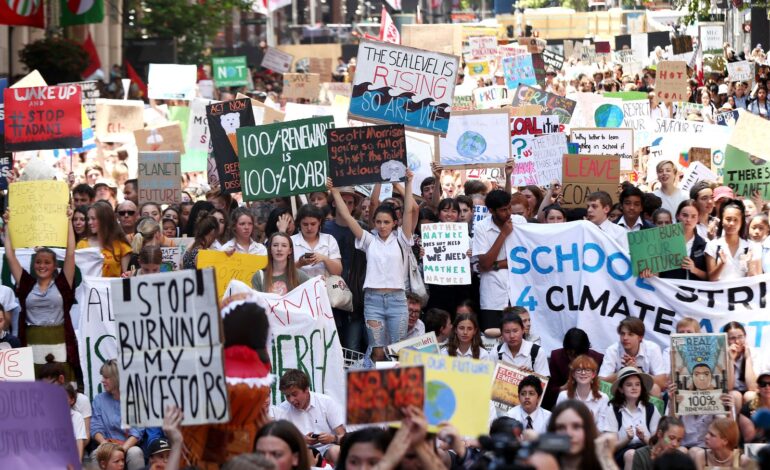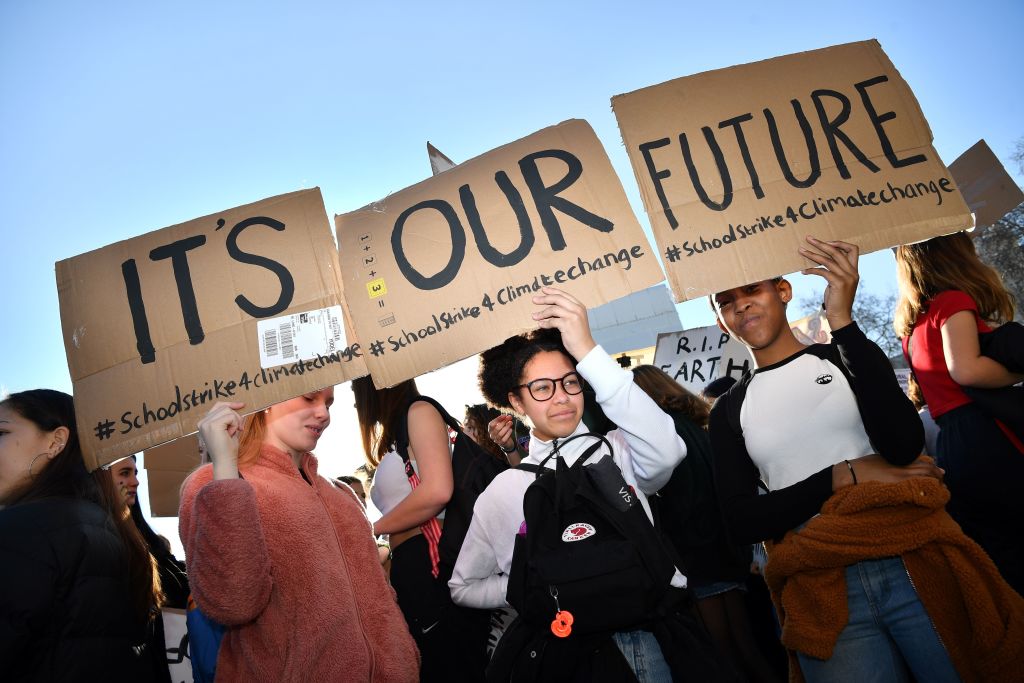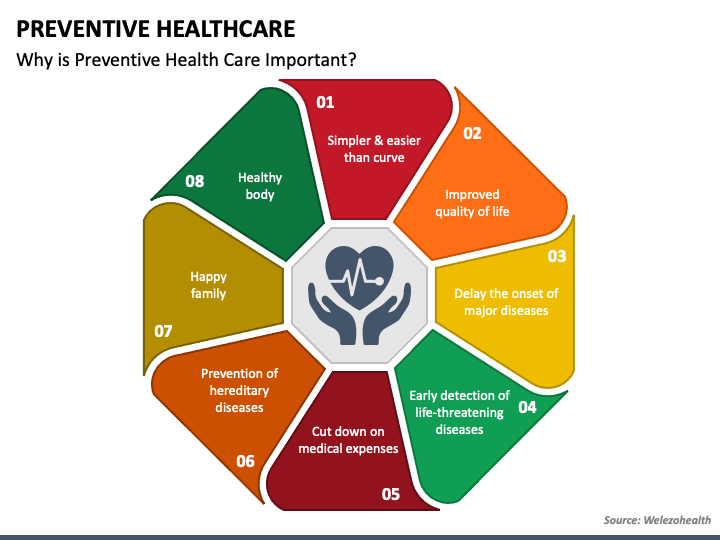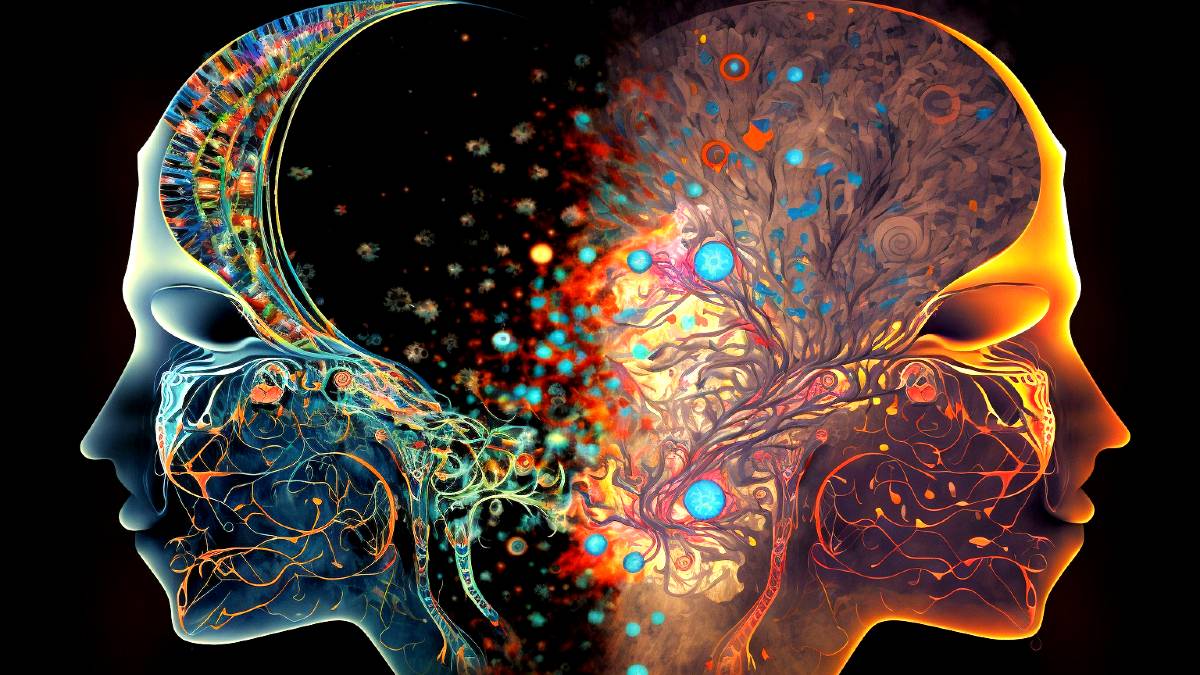Youth Power: How a New Generation is Changing the World

The Rising Tide: How Youth Movements Are Reshaping Societal Norms
For generations, young people have been catalysts for change. But the current wave of youth-led movements feels different – more interconnected, more digitally empowered, and arguably, more impactful than ever before. From climate activism to social justice, young individuals are not simply inheriting the world; they are actively, and powerfully, reshaping it. This post will delve into the dynamics of these movements, exploring their key characteristics, the forces driving them, and the significant changes they are already bringing about.
A Generation Defined by Crisis
It’s crucial to understand the context in which these movements are flourishing. Today’s youth are growing up in a world grappling with unprecedented challenges. The looming threat of climate change, economic instability, systemic inequalities, and political polarization are not abstract concepts for them; they are lived realities. This sense of urgency, coupled with a feeling that previous generations have failed to adequately address these issues, fuels a powerful desire for change.
Unlike previous generations who may have felt a sense of optimism about the future, many young people today feel a profound anxiety about what lies ahead. This isn’t simply teenage angst; it’s a rational response to the very real threats facing the planet and society. This anxiety isn’t paralyzing, however. It’s often channeled into activism and a determination to build a better future.
The Power of Digital Connectivity
The digital age has fundamentally altered the landscape of social movements. Social media platforms, while often criticized, have become incredibly powerful tools for organizing, mobilizing, and amplifying youth voices. Information spreads rapidly, allowing movements to gain traction quickly and connect with supporters across geographical boundaries.
Consider the speed with which movements like #BlackLivesMatter and #FridaysForFuture gained global recognition. These movements weren’t built through traditional hierarchical structures; they emerged organically online, driven by shared experiences and a desire for collective action. The ability to bypass traditional media gatekeepers and communicate directly with the public is a game-changer.

However, it’s important to acknowledge the downsides of digital activism. The spread of misinformation, echo chambers, and online harassment are significant challenges. Maintaining authenticity and fostering genuine connection in a digital world requires conscious effort.
Key Areas of Youth-Led Activism
While youth movements are diverse and multifaceted, several key areas consistently emerge as focal points for activism:
Climate Change
Perhaps the most visible youth-led movement is the fight against climate change. Greta Thunberg’s solo school strikes sparked a global phenomenon, inspiring millions of students to demand urgent action from policymakers. The #FridaysForFuture movement, along with organizations like Sunrise Movement, are pushing for ambitious climate policies, advocating for a transition to renewable energy, and holding corporations accountable for their environmental impact.
Social Justice & Racial Equality
The resurgence of the #BlackLivesMatter movement in 2020, following the murder of George Floyd, demonstrated the power of youth-led activism in challenging systemic racism and police brutality. Young activists are not only demanding police reform but also advocating for broader social and economic justice, including addressing inequalities in education, healthcare, and housing.
Political Reform & Civic Engagement
Many young people are disillusioned with traditional political systems and are actively working to reform them. This includes advocating for voting rights, campaign finance reform, and increased civic education. Organizations focused on youth voter registration and mobilization are playing a crucial role in increasing youth participation in elections.
Mental Health Awareness
Recognizing the growing mental health crisis among young people, many are advocating for increased access to mental health services, destigmatizing mental illness, and promoting mental well-being in schools and communities. This movement is particularly important given the added stress and anxiety caused by the challenges facing their generation.
Challenging Traditional Norms
Beyond specific issues, youth movements are also challenging deeply ingrained societal norms. They are questioning traditional power structures, advocating for inclusivity and diversity, and pushing for a more equitable and just world. This includes challenging gender roles, promoting LGBTQ+ rights, and advocating for the rights of marginalized communities.
There’s a growing emphasis on intersectionality – recognizing that different forms of oppression are interconnected and must be addressed simultaneously. Young activists are increasingly aware of the complex interplay of race, class, gender, and other social identities.
The Impact and Future of Youth Movements
The impact of these movements is already being felt. We’ve seen increased awareness of climate change, greater scrutiny of police brutality, and a growing demand for social and political reform. While significant challenges remain, these movements are forcing policymakers and institutions to respond.
Looking ahead, the future of youth movements is likely to be shaped by several factors. Continued digital connectivity will be crucial, but so will the ability to build strong offline communities and foster meaningful relationships. Collaboration across movements and across generations will also be essential.
Ultimately, the success of these movements will depend on their ability to translate awareness into concrete action and to build a broad-based coalition of support. The rising tide of youth activism is a powerful force for change, and its impact will be felt for generations to come. It’s a reminder that the future isn’t something that happens *to* young people; it’s something they are actively creating.



